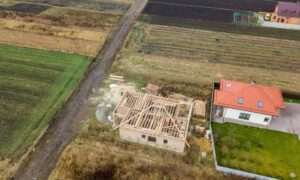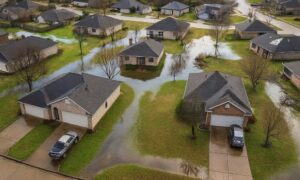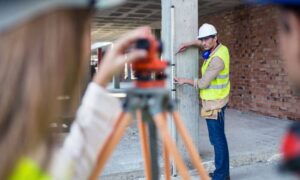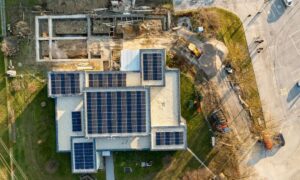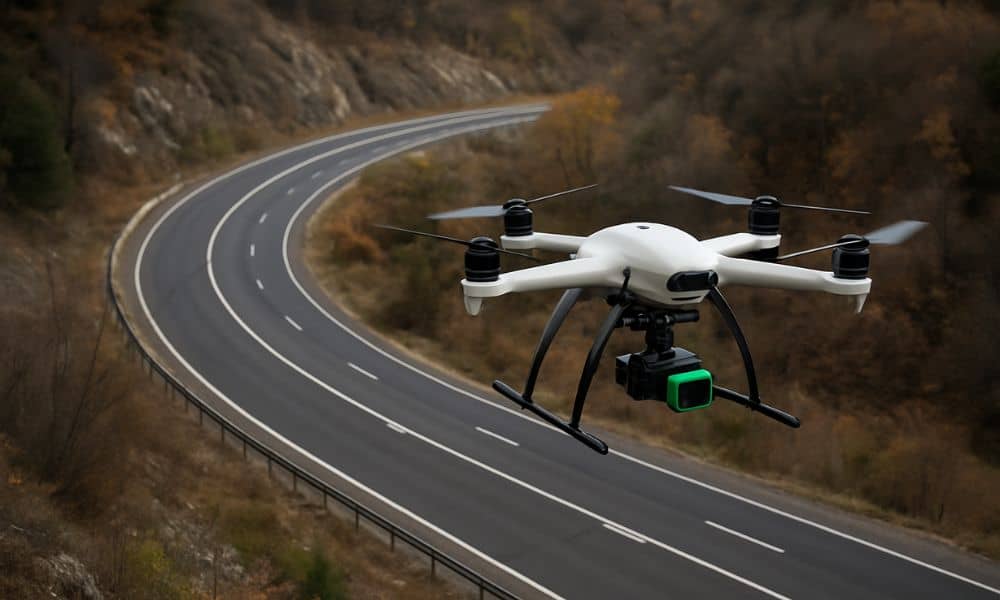
Surveyors in Montgomery AL are increasingly turning to LiDAR mapping to streamline right-of-way (ROW) projects. These surveys are essential for planning roads, utility lines, and other infrastructure by clearly defining legal boundaries and construction limits.
As the region continues to grow, LiDAR offers a faster, more accurate way to meet rising demand and keep projects on schedule.
What Makes LiDAR Mapping Ideal for Right-of-Way Surveys?
LiDAR technology has become a go-to solution for right-of-way surveys because it captures surface data with high precision while covering long corridors efficiently. Instead of relying on point-by-point measurements, LiDAR delivers a complete view of the terrain in a fraction of the time. For projects in Montgomery, this means survey teams can quickly gather the information needed to plan roadways, pipelines, and utility routes without slowing down development timelines.
How LiDAR Helps with Right-of-Way Surveys
In Montgomery AL, many ROW projects involve busy roads, wooded areas, or uneven land. LiDAR handles these challenges with ease. It gives surveyors a clear view of the terrain—even beneath tree cover—so they can plan routes for roads, pipelines, or utilities more precisely.
By using LiDAR mapping as part of their right-of-way survey solutions, teams can:
- Spend less time collecting data in the field
- Avoid costly mistakes from outdated or incomplete maps
- Make informed decisions earlier in the project timeline
Better Communication for Projects
LiDAR doesn’t just collect data—it helps everyone involved in a project understand the land more clearly. The 3D maps and models created from drone scans can be shared with engineers, planners, and government officials.
This kind of accurate 3D mapping for civil projects makes it easier to:
- Communicate plans clearly with city departments
- Integrate data smoothly into design tools like CAD
- Prevent delays by avoiding misinterpretations early on
Helping Montgomery Grow Smarter
Montgomery is expanding, and infrastructure needs are growing. Whether it’s a new road, water line, or sidewalk, surveys are the first step. That’s why many local firms are now turning to drone LiDAR services to complete projects faster, with greater accuracy, and minimal disruption to the land.
By switching to drone-based mapping, teams save time, reduce costs, and avoid errors that lead to delays.
FAQs
1. What is LiDAR mapping used for?
It’s used to scan the land and create detailed 3D models for planning and design.
2. Is LiDAR accurate enough for ROW surveys?
Yes. LiDAR is extremely accurate and meets professional survey standards.
3. How long does a LiDAR survey take?
Most LiDAR surveys can be done in a day, depending on the site size.
4. Can LiDAR work in forested areas?
Yes. LiDAR can scan through tree canopies to reach the ground below.
5. Who uses LiDAR in Montgomery?
Surveyors, engineers, city planners, and developers all use LiDAR mapping for better project results.

